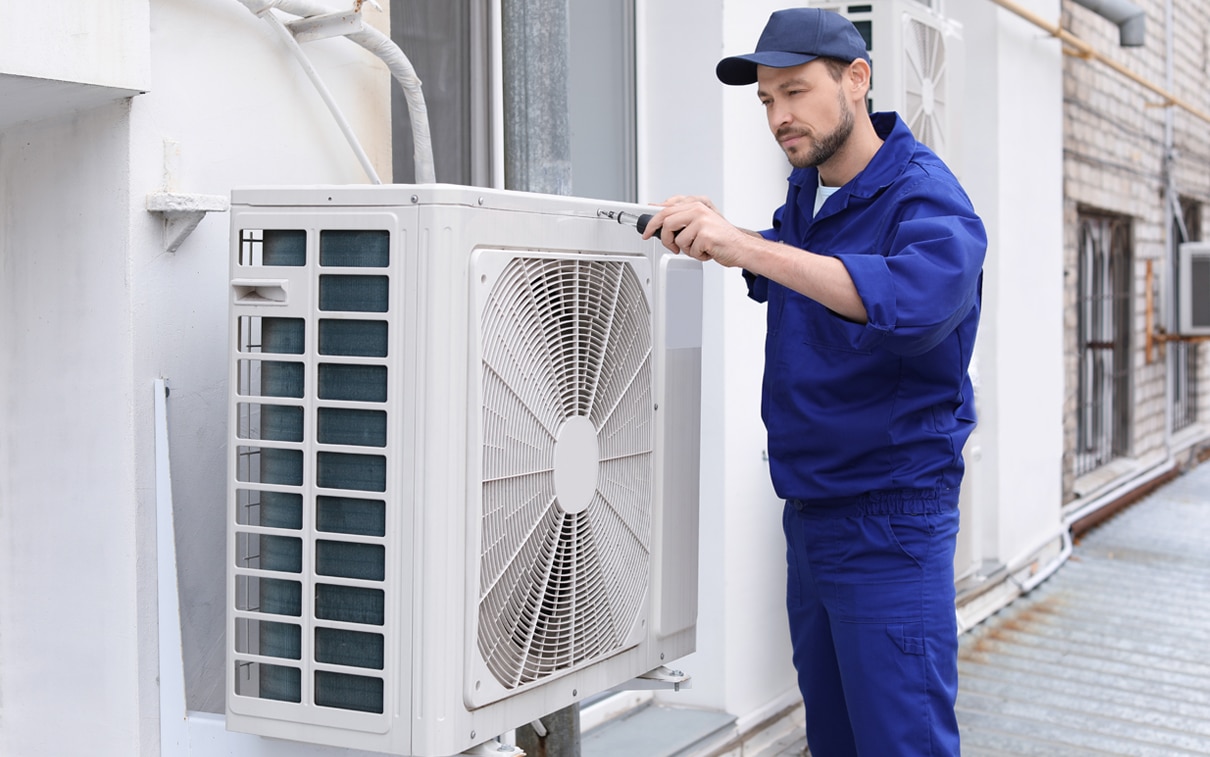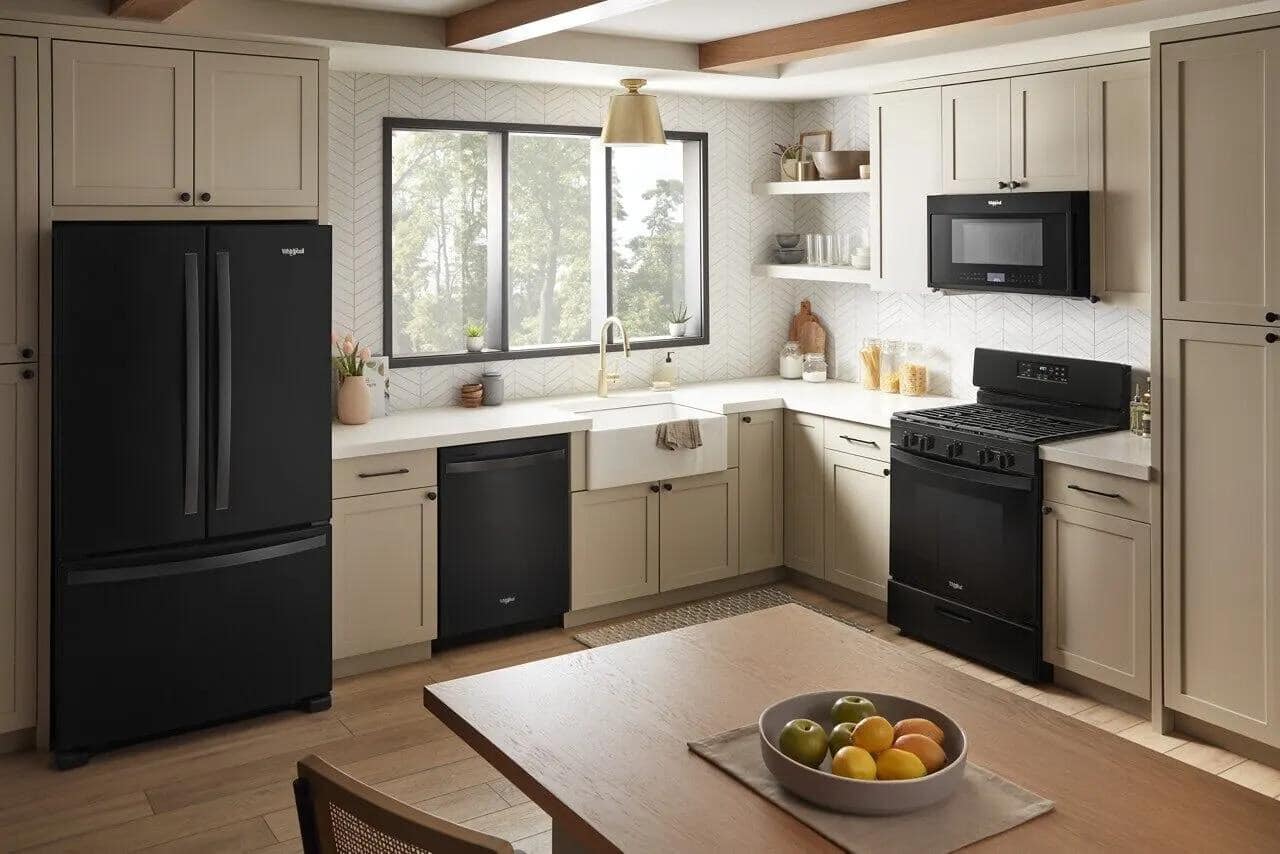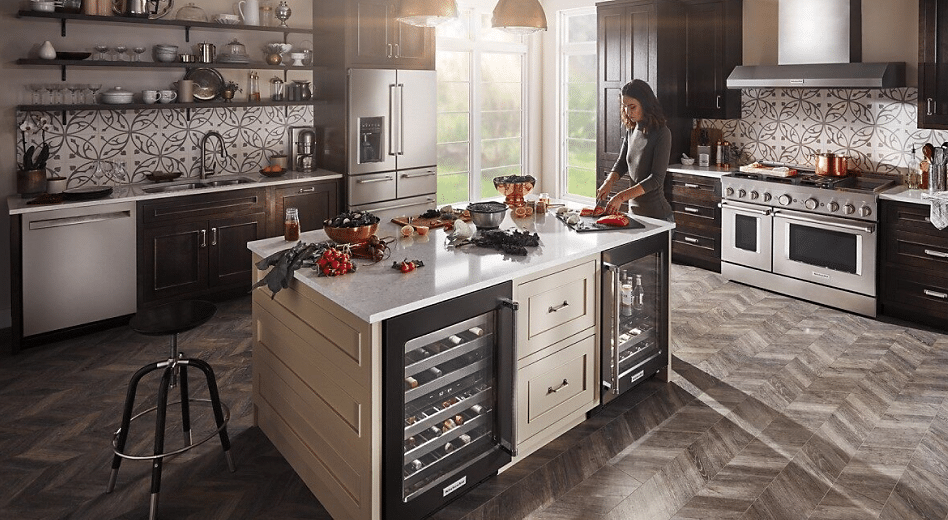What To Consider When Installing Air Conditioner
Simplifying AC Installation: A Guided Journey
Are you looking to install an air conditioner (AC)? Fabulous move! A well-installed AC transforms your space into a luxurious, fantastic retreat, especially during those hot spells. Bonus point? The aircon can reduce allergens, giving you cleaner air. But to harness these benefits, proper installation is paramount.
Installing an AC might appear daunting. That’s okay! Whether it’s your home or your office, we all crave a job well done. So, allow me to guide you. This piece delivers insights and tips to simplify your AC installation. As per Cyber Air Conditioning “When air conditioning emergencies strike, you don’t have time to be fussing around deciding what to do. You need emergency AC technicians out pronto to solve your climate control nightmare.”
What’s the end game? We aim to empower you. Equip you with information that instils confidence. You’re not solo on this—consider us co-travelers on this exhilarating journey. By the finish line, you’ll be armed with what you need for AC installation.
Keen to get started? Wonderful! Let’s jump straight in.
Size and Type of the Air Conditioner: Looking For Your Perfect Match
Amidst various AC options—central air units, window units, split air, systems, and even nifty portable units- picking the right one can seem like a labyrinth. Worry not—I’ll simplify this journey for you.
Central Air Units: Super efficient, these units cool your entire house or office through air conditioning, ducts, and vents. Perfect for larger areas, it’s a worthy investment.
Window Units: These compact units fit well in your windows and are best for cooling indoor and outdoor single rooms.
Split Systems: These systems cool individual rooms or areas between two parts of an interior unit (an indoor unit and an outdoor unit). No window space is required; it is easy!
Portable Units: These freewheeling devices can trail you around the house if needed. Great for temporary cooling needs. Just plug a single outdoor unit in, switch on, and bask in the coolness!
Once we’ve explored types, the next big question is size. It’s tempting to think “the bigger, the better”—but that’s a fallacy. The trick lies in matching the AC size to your space.
Reaching an optimum environment isn’t solely about dialling down the temperature. It’s also about comfort and reducing humidity. An oversized unit probably cools erratically and inadequately removes humidity—leaving you in a clammy room. A small unit struggles to cope, risking damage and poor cooling. I bet you’re wondering how to find the right AC size. This requires measurements and math considering room dimensions, insulation, number of windows, and heat-producing appliances. Unsure about taking this on? Fret not—free online calculators can aid you, or you can consult professionals.
Size and type are two factors that are key to finding your perfect AC fit. You’re one step closer to an informed AC decision.
Efficiency And Cooling Capacity: The Keys to Comfort and Savings
Let’s talk about energy ratings. It may sound unexciting, but this knowledge can significantly affect energy bills.
Energy efficiency ratings disclose how usefully a cooling system works. You don’t want your electricity bill wasted on a barely adequate air conditioning unit. You seek efficiency—worthwhile energy-efficient cooling for every energy bit consumed.
Ratings translate to savings—the higher the rating, the more your energy savings. As energy prices spike, higher ratings mean significant savings over time—a wise investment paying off in the long run.
Next, we tackle the key to comfort—cooling capacity. Have you ever juggled an AC refusing to cool a room? Confounding, indeed.
Securing perfect cooling involves balancing capacity with room size. An undersized unit will be underdelivered. If you oversize it, you’ll have a quickly cooled but damp room due to poor dehumidification.
Energy ratings and cooling capacity are your secrets to comfort, efficiency, and savings. It’s not a Herculean task—it’s thoughtful planning. Here’s to cool and comfortable days ahead!
An Ideal Home for Your AC: Installation Location
Ever wondered, “Where should I install my AC?” You’re in the right place! Explore critical factors like airflow, sun exposure, and accessibility. Ready to find that ideal spot for your AC?
Air Flow:
Think of airflow in a split system as your AC’s lifeblood. An area promoting smooth air circulation is your target. Why? This ensures even distribution of cooling and maximises your AC’s efficiency.
Sun Exposure:
You wouldn’t leave ice cream under the sun, would you? Your AC unit isn’t too different! Direct sunlight might sabotage your AC’s cooling. Pro tip? Choose a shady spot. This keeps your AC cool, ensuring you remain cool too!
Accessibility:
Your AC isn’t a ‘set it and forget it’s appliance. Regular maintenance is vital to its lifespan. So make sure your chosen position is easily accessible. You’ll thank us later.
Installation Approaches by Professionals
Let’s dive into the fascinating world of professional AC installations. Don’t worry, we’ve got you! We’ll break this down into a few simple, digestible steps:
1. The Quest for the Right AC:
It all begins here – securing the perfect AC for your space. This isn’t a one-size-fits-all job. We factor in room dimensions and local climate, ensuring you get the right AC type and size.
2. Spotting the Perfect Home for Your AC:
Next, we play real estate agent for your AC. It is a prime spot that promotes excellent airflow, is shaded from the sun, and is easy to reach for future maintenance. We might pick a window, a wall, or a quiet ground corner.
3. Anchoring Your AC:
After we’ve found the perfect spot, it’s time to roll up our sleeves. The outdoor and indoor units must be installed and firmly fixed.
4. Connecting Invisible Bridges:
After the AC is set, we move to the electrical aspect. This involves creating a safe connection between your AC and your home’s electrical system and grid. Safety is a priority, so we adhere strictly to local and national electrical codes.
5. Starting the Engine:
With everything connected, we switch on your AC and let it run for 15-20 minutes. This first warms up the air conditioning system, allowing the refrigerant to circulate and start its cooling magic.
Remember that this process might differ slightly depending on the AC type and model. But this overview gives you a good snapshot of professional installation.
The Sound of Silence: Noise Levels
ACs can be noisy, fellas. Noise affects your overall comfort, so it’s worth considering.
Look for ACs with low decibel (dB) ratings for quieter operation. Revisit your installation location – placing your AC away from popular spaces can also help reduce noise.
You’re Armed and Ready!
We’ve journeyed through AC types, sizes, ideal locations, budget considerations, installation choices, and noise levels. Now, you’re empowered with the knowledge to make the right decisions.
Questions still lingering? Doubts creeping in? No need to worry. We’re here, ready to assist you on this journey. Just reach out and let us do the rest!
We’d love to hear your AC installation stories and tips! Or, if you need advice tailored to your specific case, remember we’re only a contact away. Happy AC installation; stay calm and enjoy the breeze.







